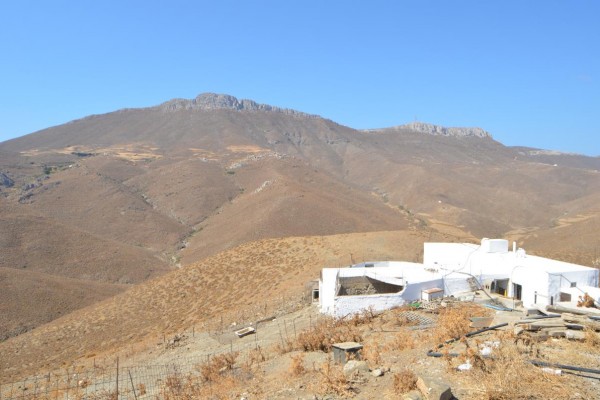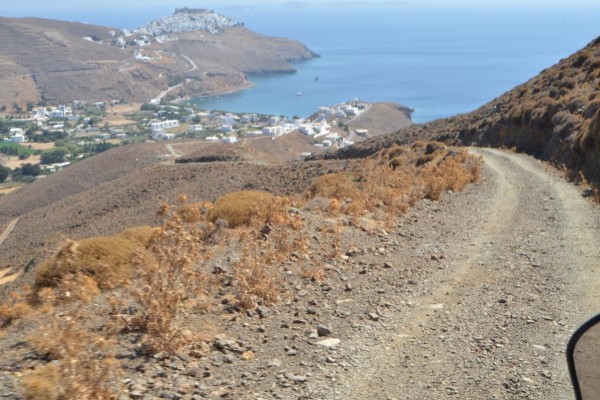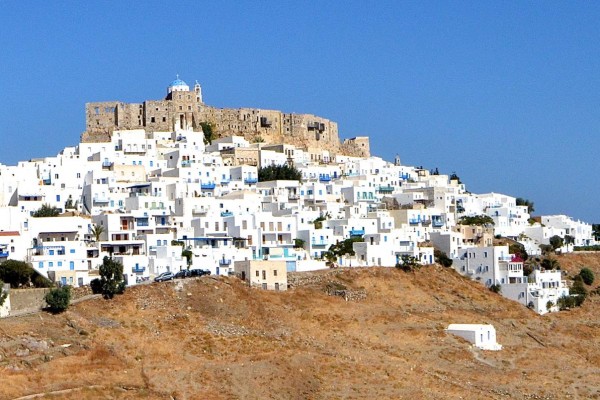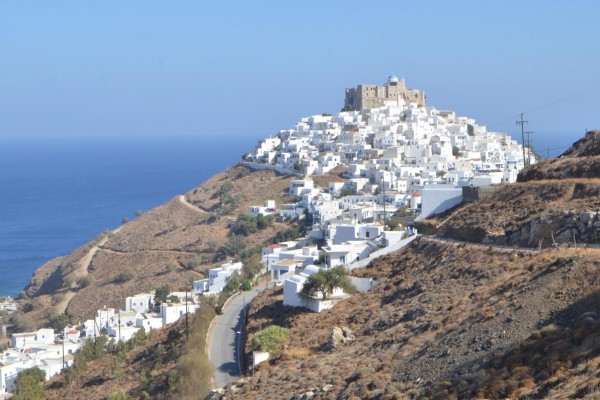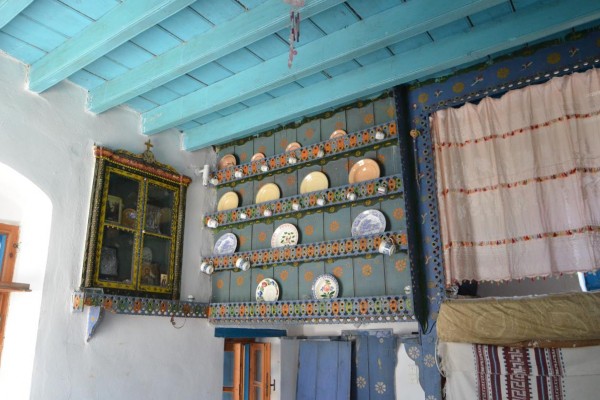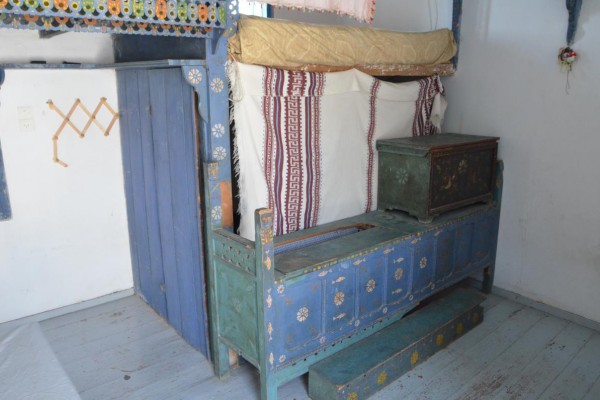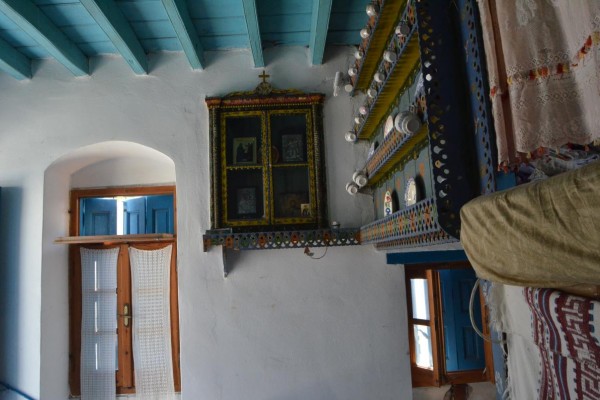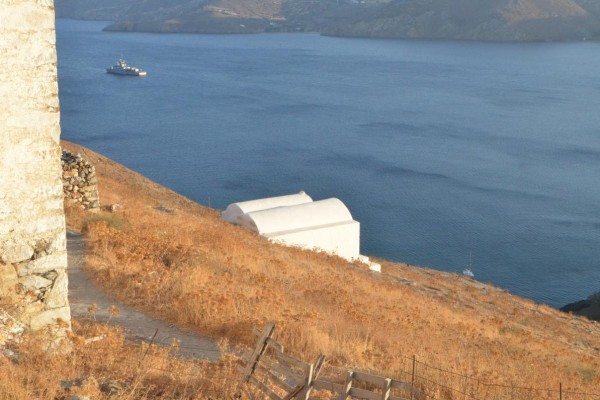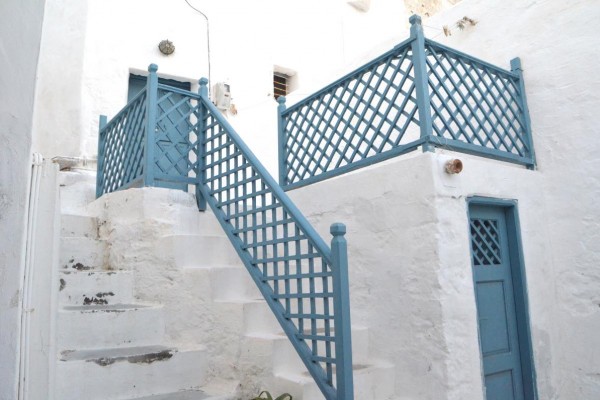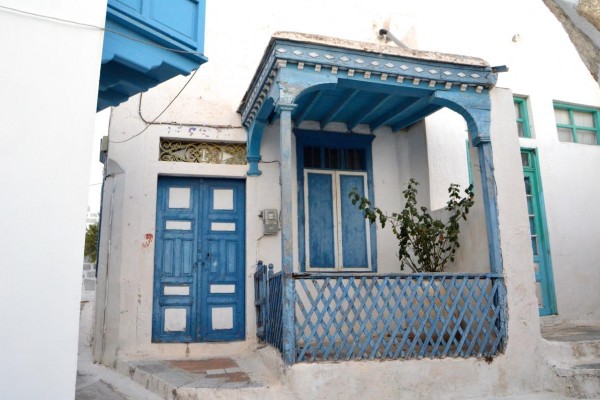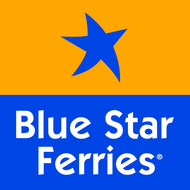
The visitor, the first time he goes to the island, will be so impressed by Chora - its castle, its neighborhoods, its alleys, its windmills, its cafes and its people - that he will hardly decide to visit rest of the island, which has nice countryside and interests sights.
The truth is that the Castle of Astypalia is one of the two or three most beautiful in the Aegean Archipelago.
Built in the 15th century by the Venetian noble Quirini, it rises to the top of the rock, on the ruins of the ancient citadel. It was a castle city, with houses and mansions side by side creating the exterior, but also the interior wall. The outer wall is about 15 meters high and is supported by large struts, which somewhere support the rocks on which the walls stand. THE strategic position of the island and its safe coves contributed, for reasons of protection from pirates, to develop the settlement inside the Castle, which, in case of need, could accommodate up to 4.000 inhabitants. Later, in the 19th century, after the defeat of piracy, the settlement expanded beyond the walls, where outer peripheral neighborhoods were formed, and the city within the walls was deserted. At the entrance of the Castle, above the gate, was built the Panagia Kastrini. Today we admire in the narrow cobbled streets outside the walls the houses with the external wooden stairs, the latticed wooden railings, but also their internal organization with the - due to the narrow space - peculiar decoration. (The whole family lived in a small square house, with the couple's bed lying high on a wooden loft, in a wood-carved window with lacy patterns that to go up you have to press first on the bench, then on the chest- bench - which serves as storage space -, and then in another box, the sofa, which is on the counter, while the children slept together on a mattress opposite that of the parents, in the same loft).
Η Astypalia, like all the Dodecanese, was united with Greece in 1948. In 1956, the great earthquake in the Amorgos - Astypalias fault caused a tsunami with tidal waves 20 meters high, which caused great damage to boats, crops and buildings. Older people remember the fact, in fact, one of my grandmothers used to say: "We heard the roar over the Castle, we saw the first wave, after the water was drawn, and the whole shore was dry, and after the second wave. We went to our house in Livadi, we opened our house, and what to see! Heaps of octopuses on the couch! "


